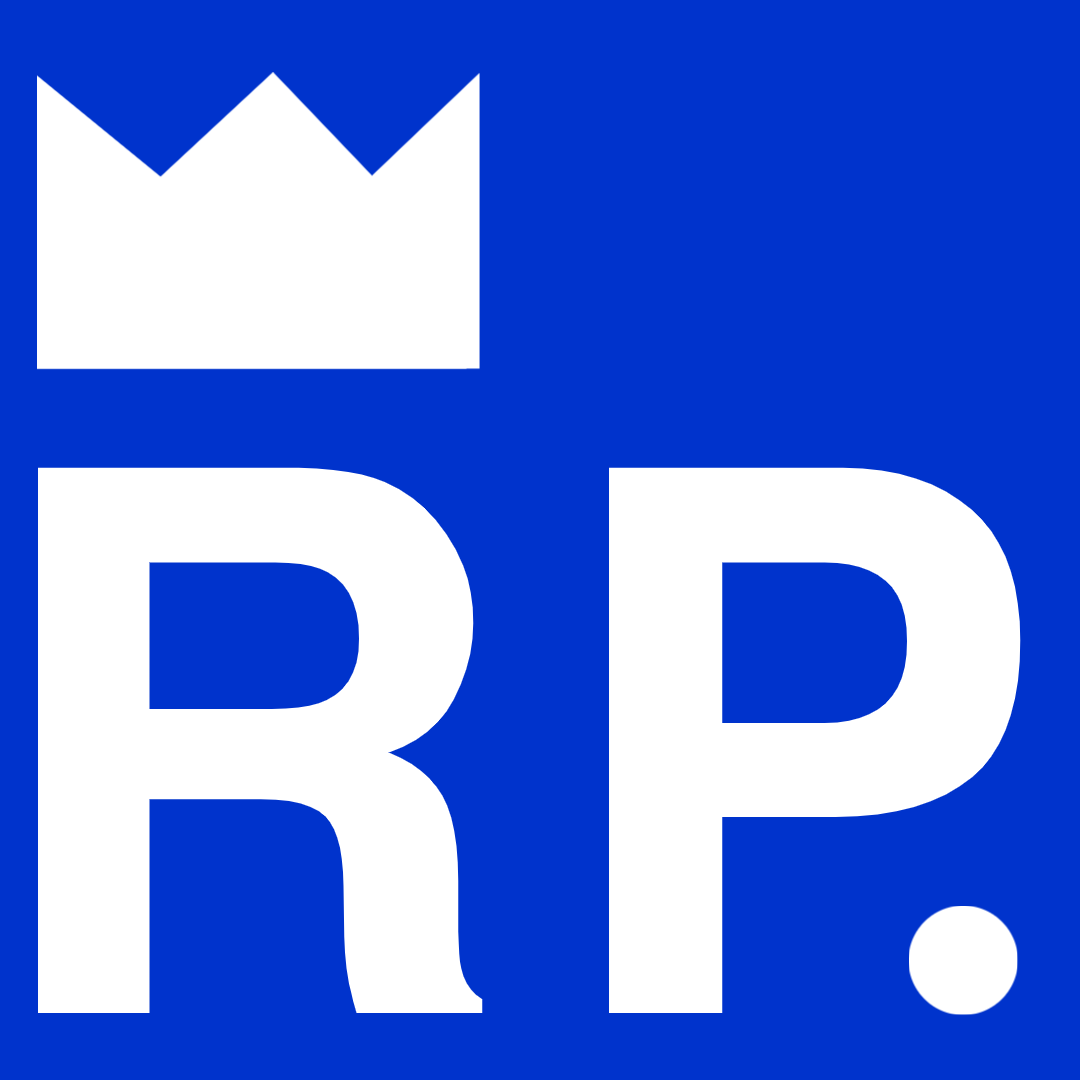PSAT and SAT participation at HHS
Oct 29, 2018
Compared to other schools in the Lake Conference, HHS has consistently lagged behind when it comes to PSAT and SAT participation and awards.
HHS juniors are offered to take the PSAT free of charge. Students who take this test are automatically entered into the National Merit Scholarship (NMS) competition. Students who do well and receive a certain score on the test are named NMSC Finalists, with only 15,000 students nationwide receiving this title.
Only one student at HHS was named an NMSC finalist this year. There were also six seniors that were named Commended Scholars. These several students, Isaac Gotlieb, Lia Harel, Elizabeth Longar, Hannah Mickelson, Jacob Sandler and Elizabeth Sirianni were among the top 50,000 of the 1.6 million students that took the PSAT last year.
While one student was named an NMSC finalist at HHS, other schools like Minnetonka had 26 students and Wayzata had 24 students named NSMC finalists. Some students believe the reason for lower participation for the tests is because there’s a lack of information regarding the SAT and the PSAT.
Samantha Johnson, junior, is one of the students who took the PSAT on Oct. 10 from first to third block. Johnson says that she knew very little about the PSAT going into the test and her teachers spent little time talking about any college entrance exams. Johnson also said that she has no plans to take the SAT her senior year.
“The only reason I took the test was because my mom made me,” Johnson said.
More and more students are deciding to not take the SAT for a variety of reasons throughout Minnesota. Last year only three percent of high school students took the SAT. However, some states like Michigan and Connecticut have a 100 percent participation rate.
Manav Mirpuri, senior, says the only reason he took the PSAT last year was to get into NHS. Mirpuri also believes the HHS does a poor job of informing students about the two tests, and the differences between them. Despite offering the PSAT free of charge to students, he thinks HHS should be doing more to educate students and increase participation.
“HHS definitely favored the ACT over the SAT in terms of teaching students about the tests,” Mirpuri said. “Just because the SAT isn’t weighed as heavily as the ACT in Minnesota doesn’t mean that’s the case nationally which impacts the chances of being accepted into some schools that weigh the SAT more than the ACT.”
Some students opted to take neither the PSAT or the SAT simply because they didn’t know anything about them. Some students like Payton Morgen, senior, believe that if HHS had talked more about the SAT, more students would have taken it.
“I don’t remember any of my teachers talking about the PSAT or the SAT, I definitely don’t know enough about any of the tests to make a decision about whether or not to take it,” Morgen said. “If more teachers had talked about it, I think I would’ve taken it.”
The PSAT is not a college exam, the only use for these scores are to gauge how prepared someone is for the SAT, and to be considered to be named an NMSC. Key differences between the SAT and ACT exams are that students are offered more time per question on the SAT. The SAT also is missing a section dedicated to testing scientific comprehension, however, the SAT adds a no calculator section to the test.
All schools in Minnesota, permitted they have the funds available, are required to offer at least one college entrance exam free of charge to students. HHS offers the ACT instead of the SAT which may be the cause of SAT participation dropping every year. In return, however, ACT participation has increased.
